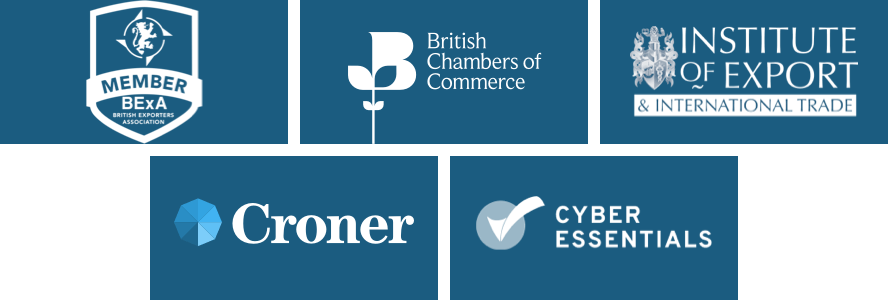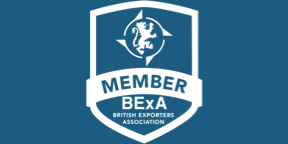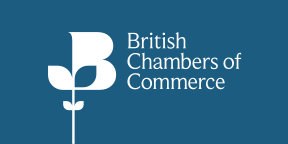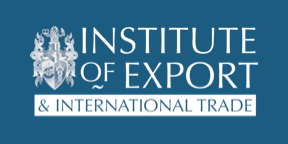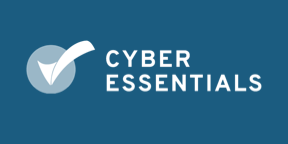BY:
SHARE:

In this “How to …” article we expand on how to determine the origin of goods to see what differences there are in establishing the preferential origin of goods for companies using preferential trade agreements at import.
As we have discussed before, origin is a word used in lots of different areas of international trade, but whereas declaring the nationality of goods (the non-preference origin) is a mandatory requirement on import customs declarations to determine and use preferential origin is optional. This article concentrates on importing under preference arrangements, the steps exporters must take to establish goods qualify under preference is covered in a separate article.
Step 1
As it’s all about the money check what the standard rate of customs duty is for your goods. If the standard rate is very low or zero, then why use preference? The administrative costs to get it right as well as the penalties in getting it wrong for both parties can be high.
Step 2
If it’s financially worth it then let’s see if we can establish if the goods qualify under the specific FTA. This is more challenging for importers because they are unlikely to be supplied manufacturing information or a detailed cost break down by the supplier. The first step is to know that the goods were made, i.e. originate, in the beneficiary country. One of the things importers should undertake is a due diligence check on suppliers to see if they are manufacturing the goods or acting as an agent, distributor or on-seller for goods manufactured by another company. If the latter that can cause issues when claiming preferential rates of duty. Exporter verification statements, often obtained annually, can assist the importer in evidencing they have checked the goods qualify for preference though other steps are required. If the overseas supplier refuses to provide the declaration and then the importer is at risk if they decide to pay the preferential rate of duty.
Step 3
You want to use the lower rate of duty at import, you have obtained the relevant certificate or statement from the exporter, but what else do you do? Well, before declaring the import as valid for the reduced preference duty rate, you must check that the certificate or statement is genuine and issued by the correct authority or by a registered exporter. As often customs brokers are used to make import declaration then the importing company must ensure they are checking the forms in accordance with HMRC guidance, and that the original declaration is retained for audit purposes. If invoice statements are used, they generally need an approved or registered authorisation number if the shipment exceeds 6,000 euros. Importers must request evidence from the supplier of the relevant approval or official registration.
Step 4
If we are satisfied that the goods meet the qualification rules laid out in the specific Free Trade Agreement and a statement to this effect from the supplier has been received, then you can pay the lower rate of customs duty. This is done, in the UK by adding a specific preference code to the import declaration to HMRC using the Customs Declaration Service (CDS). This code identifies to HMRC the type of preference being claimed. The evidence to support to this preference, for example a REX number or preferential declaration of origin on an invoice, must also be declared on the import customs declaration. With these two pieces of information included in the declaration, the CDS will calculate the reduced or nil rate of duty. Importers must obtain, check, and retain the customs declaration and associated documents.
Step 5
Collate and retain all the documentary evidence and due diligence checks you have made to ensure that the goods meet the qualification rules as per the relevant Free Trade Agreement. The evidence must be retained for a minimum of 3 years, and this includes retaining the original preference certificates, for example an invoice declaration with the correct exporter authorisation number such as the REX for EU-UK trade, the UK version of EUR1 Form, GSP Form A, as well as originally signed invoice statements and supplier declarations. Don’t guess, it is important you can provide supporting evidence if asked by any customs authority. Clearly document how your goods qualify.
Step 6
In Volume 1 of the Integrated Tariff of the United Kingdom, Part 7 (available free on-line) it says that “you can help yourself to avoid a liability to duty by obtaining documentary evidence” and that if visiting the overseas factory you could obtain confirmation at first hand that the rules had been met or you could obtain an Advanced Origin Ruling (AOR) in UK or the Binding Origin Information (BOI) ruling in Northern Ireland or the EU for your products. You can find out more about the advanced origin rulings at https://www.gov.uk/guidance/get-proof-of-origin-for-your-goods and https://www.gov.uk/guidance/check-your-goods-meet-the-rules-oforigin.
If you suspect the accuracy of any of the information received, you could seek further written clarification from your supplier.
Remember, declaring imports to a preferential rate of duty at import isn’t mandatory but to not do so will increase the price of the goods... If we don’t know that the goods qualify for preference or we can’t clearly establish they do or to do so will be very time consuming and expensive then don’t use preference. This is why Step One is so important, know the value of using FTAs.
While you are here you may be interested in some Strong & Herd LLP training courses & live clinics related to this topic:
OneCall™ Email assistance as and when required; A one-call solution for all your import, export and customs enquiries. Export help. Import help. Customs help.
Stay informed about customs and international trade matters by subscribing to our OneCall™ service. This comprehensive offering includes a dedicated email helpline for support, timely practical updates direct to your inbox (Did You Know?), monthly UK Customs & Trade Briefings and access to an interactive members' area with an exclusive community for our subscribers.
International Trade Updates & Spotlight Newsletter
Subscribe to our free information emails covering international trade topics...







